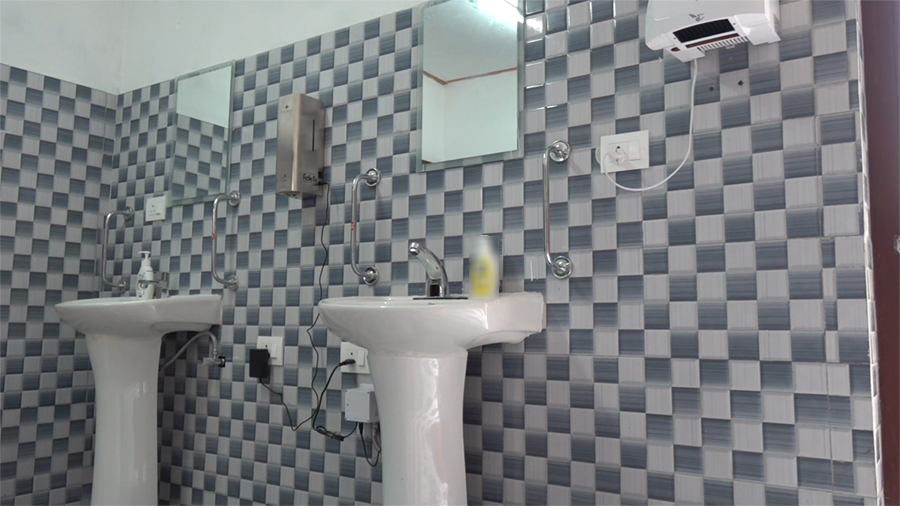
Schools and monastic institutions across the country can soon expect improved access to clean water, proper sanitation, and sound hygiene practices. The Ministry of Education and Skills Development and the Dratshang Lhentshog have introduced the National Standards for Water, Sanitation, and Hygiene (WASH) for these institutions. The framework was launched recently in Samtse.

Currently, most of the schools and monastic institutions in the country do not meet the basic WASH criteria. Many facilities don’t have adequate access to clean drinking water, proper sanitation facilities, and hygiene education. The newly launched standards aim to address these gaps by providing a unified framework for WASH facilities and services.
Kinley Penjor the project manager of the Central Monastic Body’s Religion and Health Programme said, “So far, monastic institutions under the Central Monastic Body lacked specific standards for water, sanitation, and hygiene. However, with the introduction of these new standards, we are optimistic that all religious schools and educational institutions across the country will soon have improved and consistent WASH facilities and services.”
The Bhutan Toilet Organization (BTO), which will assist in monitoring the standards, said toilets in schools and monastic institutions currently vary widely in design and are often limited in number.
Chablop Passang Tshering, the Executive Director of BTO said, “In our four years of maintaining and constructing toilets across the country, we’ve encountered a wide variety of designs. Some places had numerous toilets, while others had very few. Observing these disparities highlighted the need for standardized and improved toilet designs.”
He added that the absence of unified standards has resulted in this inconsistency across the nation.
According to the National Standards for WASH, schools and monastic institutions in Bhutan must have at least one toilet cubicle for every 20 girls and one toilet cubicle plus a urinal for every 30 boys. Each student should have access to a minimum of 20 liters of water per day in day schools and 100 liters in boarding schools and monastic institutions.
Additionally, there should be adequate handwashing stations, with one tap for every 50 students, and soaps should be available in toilets, dining rooms, kitchens, and eating areas. The management of WASH facilities is a shared responsibility among all students and staff members.
A technical working group comprising members from the Education Ministry, Bhutan Toilet Organization, Dratshang Lhentshog, and UNICEF is expected to develop parameters to assess existing toilets and begin the assessment process soon.
Passang Dorji, Samtse








